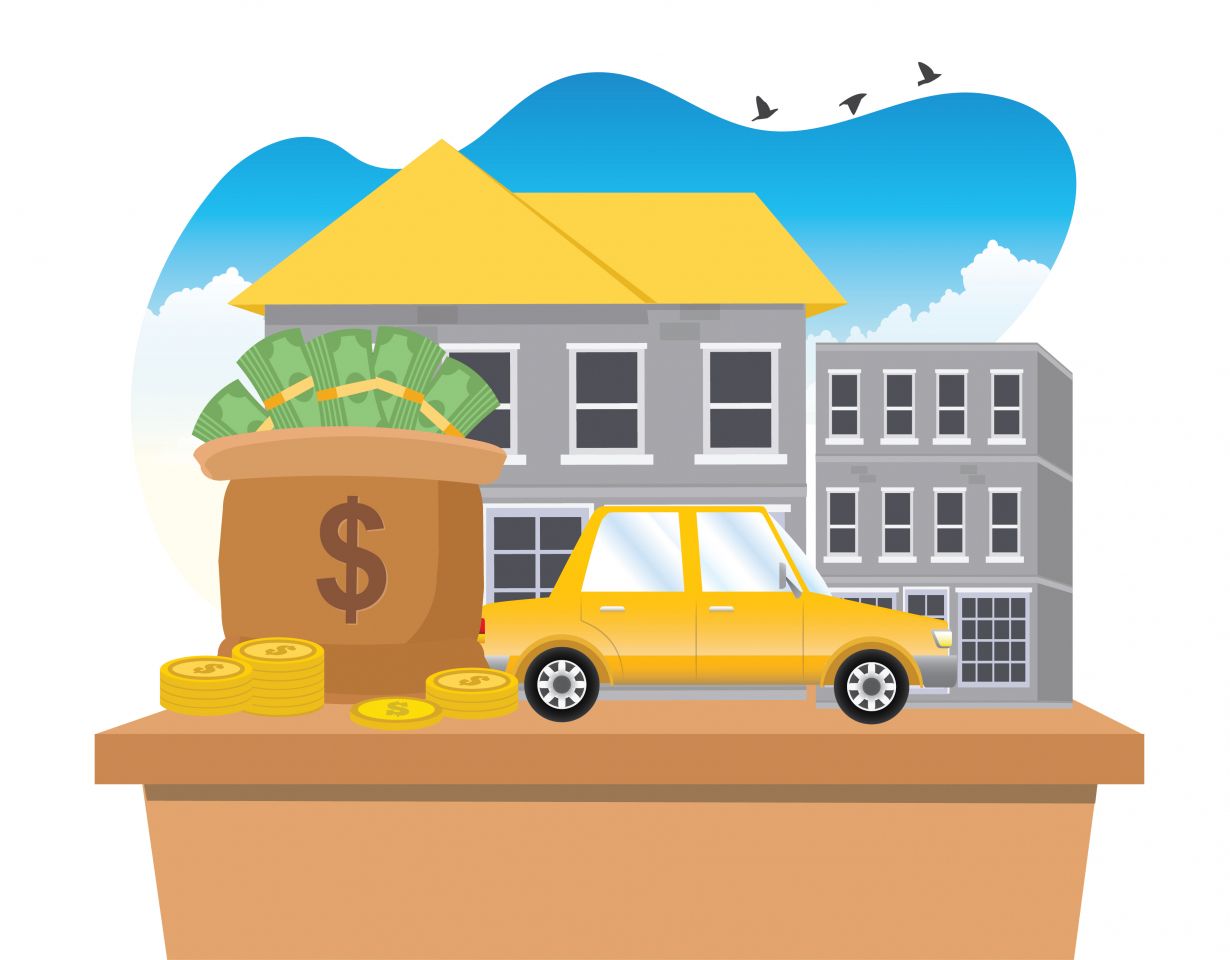What is asset valuation?

The asset valuation definition describes it as a process of calculating the fair market value of a company’s assets. The assets are divided into two types: tangible assets and intangible assets.
Tangible assets are assets owned by the company to manufacture its goods and services. Machines, buildings, land and cash are examples of tangible assets. Marketable securities such as bonds, stocks or options are also considered assets that may attract interest from investors to buy them.
Intangible assets are those not in physical form such as logos, patents or trademarks.
Asset valuation meaning
Assets valuation is essential in finance. It is typically carried out when a company is being insured, sold or taken over. Other reasons to do asset valuation include tax payments, securing loans and auditing.
A company’s fixed asset valuation example such as property or equipment is straightforward and could be simply calculated based on their book values or replacement costs.
However, a company’s financial statement does not inform investors how much its brand, logo or intellectual property rights are worth. In addition, the valuation of intangible assets is often subjective and difficult to measure.
Principles of asset valuation for intangible or financial assets presuppose that the value of the asset is the present value of the expected cash flows. The variables used to determine the asset's value are tools such as discounted cash flow or net current worth.
Asset valuation methods
There are four asset valuation methods to calculate fixed assets or tangible assets value:
-
Cost method
It calculates the asset's value based on the historical price at which it was purchased. In the method, the valuer does not need to do any calculation because the purchasing cost of the asset is used as a base for valuation. Therefore, the purchase value of the asset is considered the current value. It is the simplest valuation method.
-
Market value method
It calculates the asset's value based on its current market price or projected market price when sold on the open market. The market price is used for asset valuation. If assets of a similar nature are not available on the market, it could be a problem. This method employs the two following methods to address this issue:
-
Replacement value method: An asset is valued based on the similar value of the older asset if the new asset purchased is identical.
-
Net reliable value method: After deducting the costs of selling an old asset, the remaining amount is treated as the net realisable value of that asset for sale in the market. This method is typically used only when a comparable asset is not available on the market.
-
Base stock method
The method requires a company to maintain a certain level of stocks, determined by the value of the base stock.
-
Standard cost method
The method employs expected costs rather than actual costs, which are frequently based on the company's prior experience.